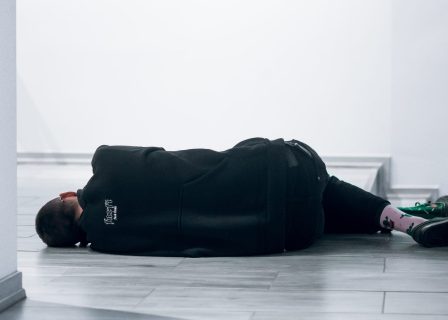Both Ativan and Xanax carry a significant potential for abuse and physical dependence and, thus, are only recommended for short-term use. In comparison, Ativan has a lower risk for abuse and addiction than Xanax. This is because Ativan has a more prolonged effect and slower elimination rate than Xanax. Nevertheless, both prescription drugs should be used cautiously under the guidance of a healthcare professional.
People with a dependence on benzodiazepines may experience various symptoms of withdrawal when quitting them abruptly, including:
- Anxiety
- Panic attacks
- Nausea
- Vomiting
- Diarrhea
- Hallucinations
- Insomnia
- Muscle twitches
- Tingling in the arms and legs
- Cognitive deficits
- Mood swings
- Drug cravings
The intensity of withdrawal symptoms depends on the kind of benzodiazepine, the duration of treatment, the daily dose, underlying medical conditions, and the use of other substances, including alcohol. However, a person taking Ativan or Xanax for a month or longer should never abruptly stop taking medicine. Instead, patients should collaborate with their healthcare provider to gradually taper off the medicine. Seizures, psychosis, and confusion are some of the more severe benzodiazepine withdrawal symptoms.
To recover from an Ativan or Xanax addiction, you must first learn to deal with anxiety and challenging situations without using the medication. Long-term recovery from benzodiazepine addiction generally involves detoxification and continued treatment at an inpatient rehabilitation facility. Patients with milder Xanax or Ativan addiction may receive treatment at an outpatient rehabilitation facility. Recovery is possible with the right treatment and support.













